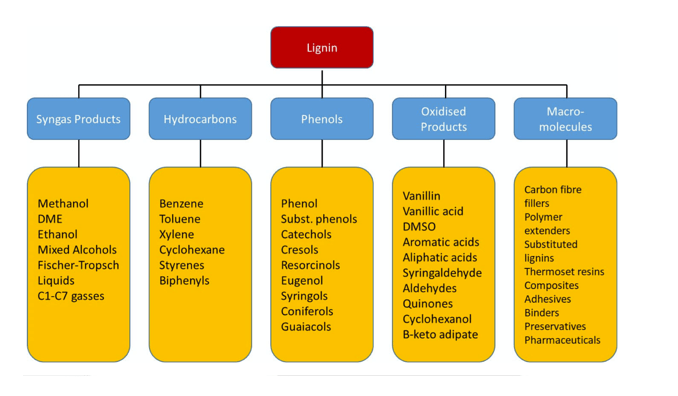
As far as I have been able to ascertain, N-95 masks are made from propylene, which is a currently a byproduct of oil or gas. I’m not a psychologist, but it must be difficult to feel as angry at the “fossil fuel industry” as many are (or claim to be), and yet be dependent on so many of their products. It’s interesting that people can blame workers involved in production (often with blue-collar jobs) for the bad parts (environmental negatives), and enjoy the good parts (the products) seemingly without moral qualms.
Oil and gas folks are probably just as befuddled by this as forest industry folks were during the Timber Wars by folks against logging. Of course, I’m not saying that people don’t have a right to question practices and regulations of any industry, but, at least the rhetoric, sometimes goes beyond that to something that may feel like “industry hate.”
Anyway, if we want to keep fossil fuels in the ground, as some do, we would have to come up with substitutes for uses in addition to electricity and liquid or gas fuels. These folks in British Columbia are apparently doing that with western red cedar, and folks in Nova Scotia are doing research on spruce-fir pulp.
In early December, reporter Doris de Guzman of Forest Industry News did a nice roundup of EU efforts in using lignin products.
Lignin is expected to play a significant role as a new chemical feedstock particularly in the formation of supramolecular materials and aromatic chemicals. Lignin is a complex plant-derived macromolecule found in the cell walls of almost all dry plants. It makes up 20-30% of the composition of wood.
According to a European Commission (EC) report “Top emerging bio-based Products, their properties and industrial applications” published by Germany-based Ecologic Institute on June 2018, lignin – among the most relevant large-volume biomass components – was found to generate the highest number of innovative products together with terpenes and urban wastes. Its natural abundance and global availability represent the main drivers for the persistent attempts at its exploitation beyond its actual relevant role as a bioenergy source, although its chemical versatility and uniqueness as a source of aromatic building blocks also play a role.
Innovative products derived from lignin range from fundamental chemical building blocks such as BTX aromatics to material for advanced applications in technical fields like construction engineering, where for instance both carbon fibres and thermoset resins play a major role but are currently not available from renewable sources.
As with our chart yesterday, we would need to consider all the environmental impacts of substitutions, such as these..
Environmental impacts depend on the energy demand for cracking the lignin as well as on the catalysts and solvents needed in the production process. Bio-derived methoxylated alkylphenols are promising alternatives to traditional alkylphenols as their toxicity is significantly lower. Furthermore, methoxylated alkylphenols from lignin can possess unsaturated alkyl chain (i.e. eugenol). The unsaturation is also proposed to benefit the biodegradability of the alkylphenol, as unsaturated compounds often degrade faster in various environments than their saturated counterparts.
There’s a great deal of chemistry in the article that for me required frequent side-trips to look up words. I’d guess we don’t hear much about these new uses as they tend to be using products from pulp and paper plants, and we don’t have many of those in the Western US.
a well-supported and subsidized industry will find new, innovative uses more easily than a struggling, vilified one. So we make lots of stuff from corn and oil products. There were people that argued that hemp had many uses, and hell, maybe we could do more with invasive plants. I think the answers lie in reducing consumption in general and consumptive technologies in particular, trying everything, and leveling the field. We can do better, and I’m sure there are better substitutes for oil and plastics
It is generally due to clearing land for agriculture rather than logging for timber.
What is?